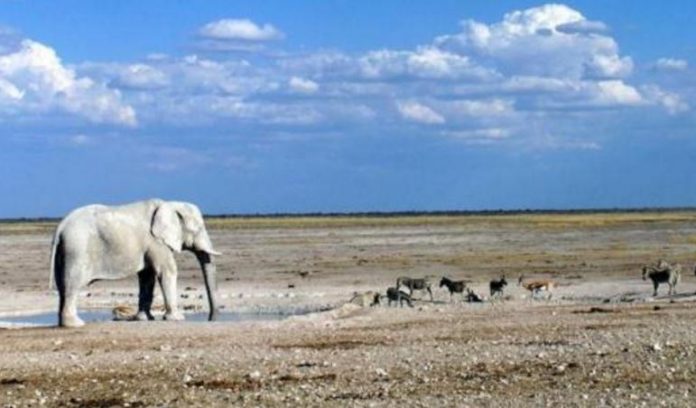
BURLINGTON, Vt., Nov. 1 (UPI) — Hundreds of African elephants continue to be slaughtered by poachers every year. A variety of wildlife and conservation groups are doing what they can to protect the iconic species, but they need the support of governments in Africa.
To convince governments to combat poaching threats, it’s often necessary to make an economic case for investment. A new study — published in the journal Nature Communications — helps to make the case.
According to researchers from the World Wildlife Fund, University of Vermont and University of Cambridge, economic losses stemming from elephant poaching far exceed investments in conservation and anti-poaching programs.
In a continent-wide survey, scientists estimated Africa’s tourism industry loses $25 million annually as a result of elephant poaching. When poaching pressure on a park and its animals increases, tourism suffers.
“While there have always been strong moral and ethical reasons for conserving elephants, not everyone shares this viewpoint,” study author Robin Naidoo, lead wildlife scientist at WWF, said in a news release. “Our research now shows that investing in elephant conservation is actually smart economic policy for many African countries.”
The illegal ivory trade is fueled mostly by demand in China and Southeast Asia. Every year, poachers kill between 20,000 and 30,000 African elephants. A recent surveyfound elephant herds in Africa are shrinking at an alarming rate.
More than just tally losses, scientists and economists from WWF, Vermont and Cambridge teamed up to determine the economic benefit of investment in conservation and anti-poaching efforts.
“The average rate of return on elephant conservation in east, west, and south Africa compares favorably with rates of return on investments in areas like education, food security and electricity,” said Brendan Fisher, an economist at Vermont’s Gund Institute for Ecological Economics.
“For example, for every dollar invested in protecting elephants in East Africa, you get about $1.78 back. That’s a great deal.”
Researchers acknowledge that the economics in central Africa are less favorable. Elephant tourism isn’t a lucrative industry, as the elephants are more scattered and harder to see. Different avenues of logic are necessary to inspire the protection of elephants in the forests of central Africa.






